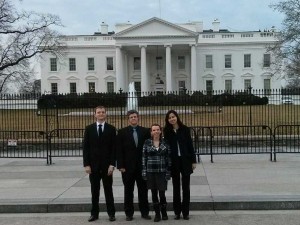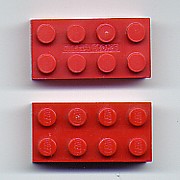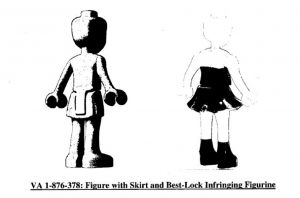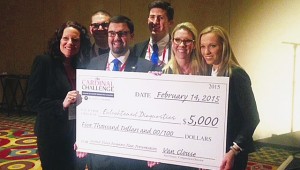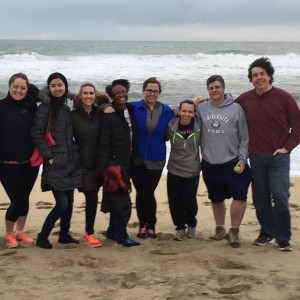A post from our student blogger Catie
To continue our whirlwind of a spring semester, a small group of MSPL students spent our spring break in D.C., exactly one month after our excursion to San Francisco. I know that it’s hard to believe that a trip anywhere could live up to a visit to sunny California, but D.C. was absolutely amazing! We were lucky enough to experience beautiful weather in the nation’s capital, as we mostly took the metro and traveled on foot to explore the area. The experience was four days packed with law firm and professional visits, informative and fun site seeing, and sampling of some of the area’s unique restaurants!
Similar to our agenda in California, we had the opportunity to visit a few law firms and D.C. area organizations that each houses at least a small cohort of IP professionals. With each visit, the MSPL’ers held candid conversations with these patent agents and attorneys to gain a solid understanding of what a career in patent law is like. We definitely learned something new at each location, and it was really awesome to be exposed to so many new concepts of intellectual property in such a short amount of time!
It was also fascinating to observe the personality dynamics of each firm or organization. A point that has frequently been reiterated to the MSPL is that as we begin our job search, it is important that we are not only determining where we would like to work, but also in what kind of environment we would like to work. It has been described that interviewing for a job is much like dating: it is critical to assess whether or not you like the given set of employers and would enjoy working with them just as much as they are assessing you in the same way. With such a small group of MSPL students, we also had the opportunity to speak with the IP professionals more casually and talk more about ourselves and our backstories. We made really great connections, and this helped to break down the serious and stiff demeanor that the East Coast was made out to have (prior to the trip, of course). This enhanced our experience all the more, to the point where the MSPL’ers had a really difficult time pinpointing our favorite visit by the end of the trip!
We also took the time to do some site-seeing. On the first day, we visited the USPTO and saw an examiner’s office up close as well as visited the patent drop-off window! Between professional visits on the first day, we stopped by the National Archives, where we saw the Magna Carta, the U.S. Constitution (including the clause of Article One that authorizes patent law!), and a few of the earliest granted U.S. patents. The next day, we had the privilege of touring the White House, the Capitol Building, and the Supreme Court, where we had the exciting opportunity to actually go inside the courtroom! On one stormy, foggy night, we took the opportunity to make the trek around the Lincoln Memorial, the National World War II Memorial, the Washington Monument, and then circled back around to walk past the White House before heading back to the hotel. On top of the magnificent site-seeing that we did, we also ate at some fantastic D.C. eateries, where we dined on specialty pizza and fresh seafood, and even had the experience of eating at the Old Ebbitt Grill!
My description of the trip is clearly incomplete without mentioning the wonderful family-bonding that we had on the trip! Although we only had a small sub-set of the MSPL in attendance, we still had tons of fun spending time together and exploring the area. From terrible direction-giving to cramming inside of taxis together, we had a great time and many laughs along the way. We even topped off our trip by passing the time on the drive home with an in-depth exploration of music and sharing of all of our favorite genres! If it isn’t already obvious, it was a truly fantastic trip. It was a spring break well spent, and I am incredibly happy that I made the decision to go!
